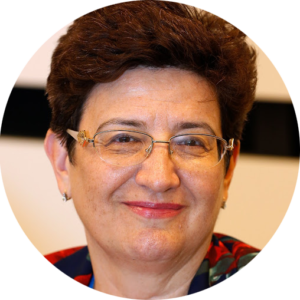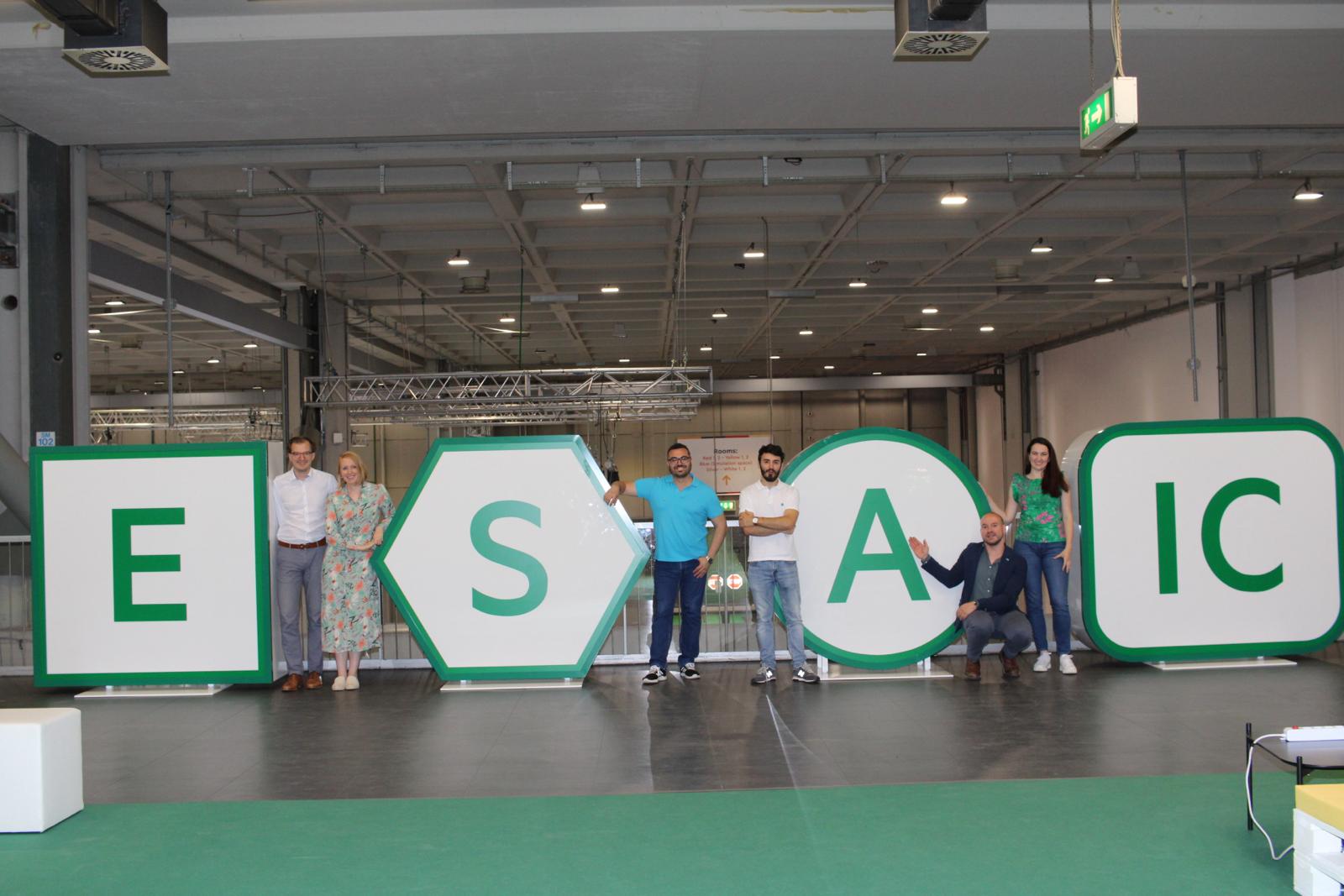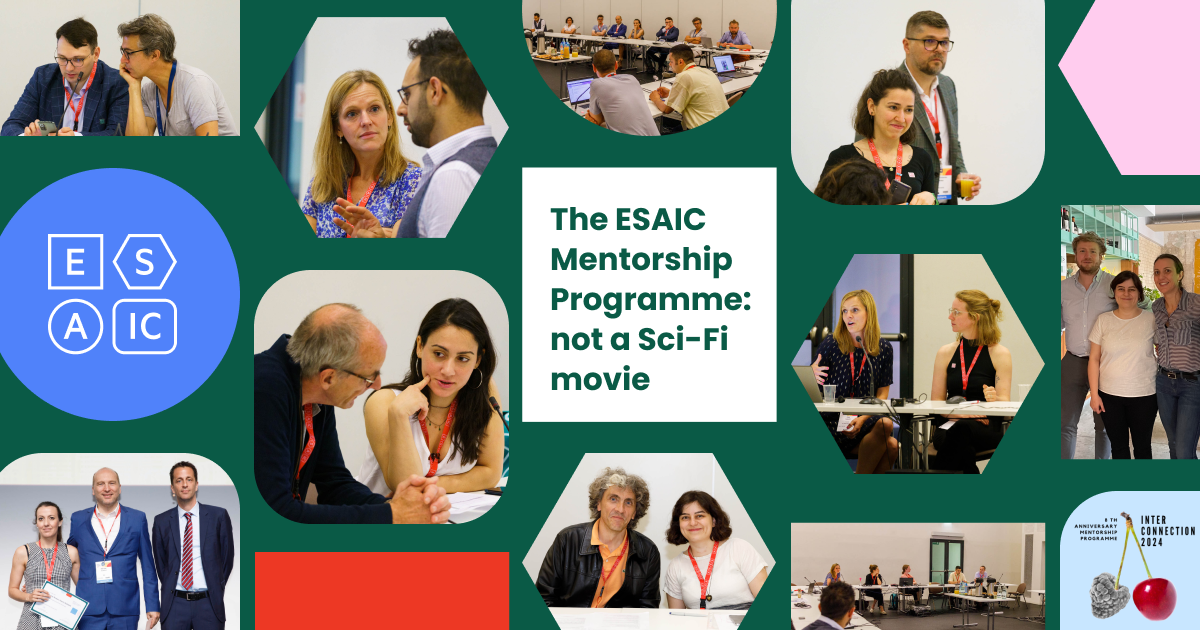ESAIC News
EA20 Newsletter: The Sir Robert Macintosh Lecture 2020 - Safety and diversity - celebrate our strengths!

This year’s Sir Robert Macintosh Lecture will be delivered by our former President Daniela Filipescu, Professor of Anaesthesia and Intensive Care Medicine, University of Medicine ‘Carol Davila’, and Emergency Institute of Cardiovascular Diseases “Prof. Dr C.C. Iliescu”, Bucharest, Romania.
“The year 2020 marks several important milestones: the 10th Anniversary of the Helsinki Declaration (HD) on Patient Safety in Anaesthesiology, the name change from European Society of Anaesthesiology (ESA) to European Society of Anaesthesiology and Intensive Care (ESAIC), and, 15 years after the formation of the ESA, the launch of a new ESAIC Committee on Gender Equity,” says Prof Filipescu.
She believes that the celebration of the 10th Anniversary of the HD is the best opportunity to render homage to Sir Robert Reynolds Macintosh who was a pioneer of patient safety in anaesthesiology. “Major improvements were achieved in anaesthesia safety, with a dramatic decrease in the anaesthesia-related mortality in recent decades,” says Prof Filipescu. “However, preventable perioperative patient harm continues to represent an important burden for the health systems all over the world. Despite the widespread endorsement of the HD’s principles, political support and coordination at the European Union and national level is needed for implementation of all the HD’s requirements.”
The 10th anniversary of the HD provided a timely opportunity to build on the growing momentum of global efforts to strengthen patient safety, including the World Health Assembly (WHA) resolution ‘Global action on patient safety’, to rally stakeholders around the principles of the HD, to prioritise patient safety on the European policymakers’ agenda and seek agreement on a consensus statement on perioperative safety. “The Patient Safety Policy Summit organised this year by the ESAIC together with healthcare societies representing the multi-disciplinary teams that anaesthesiologists work within daily practice and patient organisations was a great success, and opened the door to key institutions and politicians with a common goal of achieving the maximum possible reduction in avoidable harm due to unsafe health care globally.”
Among the WHA resolution’s commitments was to establish the World Patient Safety Day (WPSD) on September 17, which calls for global solidarity and concerted action by all countries and international partners to improve patient safety. Considering the central role of health workers in the current COVID-19 pandemic response and beyond, and the huge challenges they are facing all over the world, this year the WPSD was dedicated to health worker safety. Unusually, anaesthesiology has caught the public eye, including the appearance of an anaesthesiologist on the cover of Time magazine. We anaesthesiologists, the usual ‘unsung heroes’ or ‘invisibles’, have suddenly become some of the heroes of the workplace!
Prof Filipescu says: “The unprecedented experience of the current SARS-CoV-2 pandemic and recognition of the central role of anaesthesiologists in the care of the critically ill patients was a call to action to reposition our speciality for the future. The addition of ‘intensive care’ to the ESA name to correctly reflect the full spectrum of anaesthesiologists’ activities was imperative and this name change could not come to a better time as this year we are celebrating the 15th Anniversary of the formation of the ESA (now, of course, EASIC!).”
Finally, Professor Filipescu will reflect on how it is largely known that women are poorly represented in academic medicine and leadership. “However, recently ESAIC showed that female anaesthesiologists are as eager as men to advance in their careers, to take the lead and invest more time in research. Future development of the ESAIC will require more gender-balanced participation of its members. Hopefully, the new ESAIC Committee on Gender Equity will work on strategies and solutions suggested by members to promote equal opportunities.”
She concludes: “All the above achievements prove that ESAIC is stronger than ever. Euroanaesthesia 2020 is the time for a celebration!”
Read More of our special newsletter covering our virtual congress
Visit our COVID-19 Resource Hub for other news and resources.










